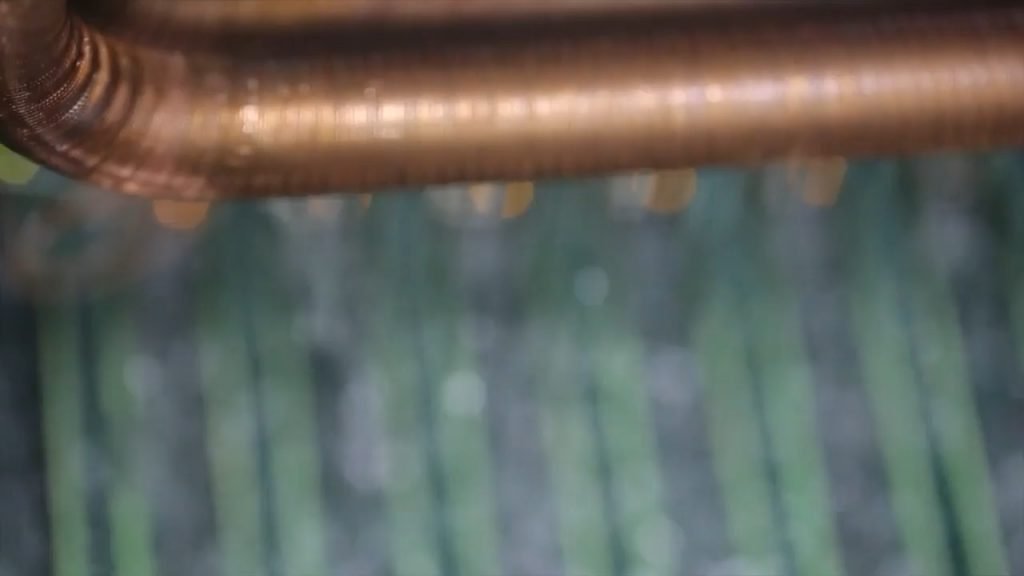White Paper:
Two-Phase vs Single-Phase Immersion Cooling Fluids: Deconstructing Myths with Science

There are many types of fluids used in liquid immersion cooling, each with various strengths and weaknesses across several categories, including cost, safety, toxicity, sustainability and reliability.
While the majority of liquid immersion cooling systems are single-phase and use hydrocarbon (HC) based oils, two-phase immersion cooling (2-PIC) systems, like LiquidStack, use fluorinated fluids. This category of fluids has evolved leaps and bounds beyond previous incarnations. Yet many myths and misconceptions about fluorinated fluids continue to persist, mostly because of outdated information. We’re here to set the record straight.
This in-depth report provides a comprehensive analysis of fluorinated fluids used in 2-PIC and how they compare to hydrocarbon (HC) based oils used in single-phase immersion cooling (1-PIC) across several categories:
- Safety – Fluorinated fluids used in 2-PIC are non-flammable and very safe to handle.
- Hardware Reliability – Fluorinated fluids are inherently more stable and have a longer life than HC oils due to the presence of fluorine.
- Sustainability – 2-PIC technology, when combined with new ultra-low Global Warming Potential (GWP) fluids, is the most sustainable cooling solution known today.
- Heat Removal Performance and Power Density – 2-PIC provides 2 to 3 times more heat removal capacity than 1-PIC and enables significantly higher power density.
- System Complexity & Reliability – The absence of fluid pumps and Coolant Distribution Units (CDUs) make 2-PIC technology less complex than 1-PIC and provides superior overall reliability.
- Operating Expenses and Upfront Costs – Although initial fluid costs and fluid loss expenses can be higher for 2-PIC, these are offset by lower cooling infrastructure and energy costs when compared to 1-PIC.
- Overclocking Enablement – 2-PIC can not only enable reliable overclocking, but improve sustainability and reduce total cost of ownership.